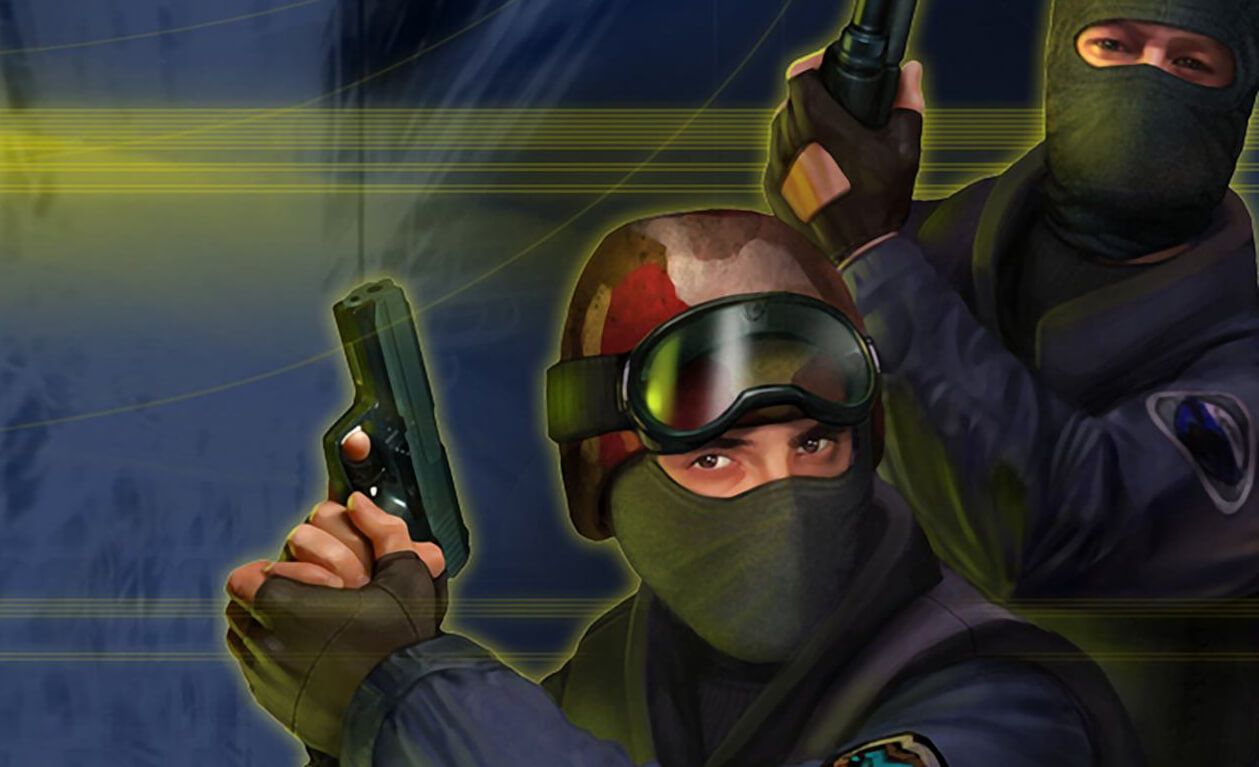
The Legacy of Counter-Strike: From Mod to Esports Titan
Counter-Strike stands as one of the most influential tactical first-person shooter (FPS) series in gaming history, known for its deep strategic gameplay and team-based action. Its evolution from a simple mod to a global esports phenomenon is a remarkable tale of innovation, community, and competition. With the 2nd CS2 major approaching. Let’s take a look back at the short history of CS.
The Humble Beginnings: A Mod for Half-Life
Counter-Strike’s story begins in 1999, not as a fully-fledged game, but as a mod for Valve’s Half-Life. Developed by Minh "Gooseman" Le and Jess "Cliffe" Cliffe, the mod took off almost instantly, thanks to its unique blend of tactical gameplay, team dynamics, and intense, objective-based action. The mod introduced a simple but effective premise: a group of counter-terrorists must thwart a terrorist plot, with each round offering a fresh chance for victory or defeat. The gameplay, characterized by its methodical pacing and emphasis on strategy over chaos, quickly captured the attention of gamers and soon began to gain a cult following.
The Shift to a Standalone Game
In 2000, Valve, recognizing the potential of this burgeoning phenomenon, acquired the rights to Counter-Strike and partnered with Le and Cliffe to release a standalone version—Counter-Strike 1.0. This release marked the start of a new chapter for the game, introducing updated graphics, new maps, and refined mechanics. It wasn’t long before Counter-Strike became a staple of online gaming, with players flocking to servers around the world to experience the thrill of high-stakes tactical combat.
The Golden Years: 1.6 and Competitive Evolution
Between 2001 and 2003, Counter-Strike continued to evolve with incremental updates such as versions 1.3 and 1.5. These updates introduced new features, including custom spray logos and better spectator modes, which helped lay the foundation for what would become the game's competitive scene.
However, it was Counter-Strike 1.6, released in 2003, that truly cemented the series as the go-to tactical FPS. Known for its refined gameplay, 1.6 featured updated character models, improved menus, and crucially, the integration of Steam, Valve’s digital distribution platform. This integration allowed for automatic updates, a smoother user experience, and new community features, all of which contributed to the game’s lasting popularity.
New Beginnings: Source and Condition Zero
The franchise took another major step forward in 2004 with the release of Counter-Strike: Condition Zero and Counter-Strike: Source. Condition Zero was intended to expand the game with a single-player campaign but was met with mixed reviews. Meanwhile, Source leveraged Valve’s new Source engine, bringing with it enhanced graphics, improved physics, and more dynamic gameplay. This technological leap was a game-changer, offering a fresh experience for both casual players and competitive teams alike.
The Modern Era: CS:GO
The real turning point for Counter-Strike came in 2012 with the release of Counter-Strike: Global Offensive (CS:GO). With modern graphics, new gameplay mechanics, and a revamped matchmaking system, CS:GO revitalized the series and made it a cornerstone of the esports scene. The game quickly became a global phenomenon, with major tournaments like ESL One, DreamHack, and the ESL Pro League offering huge prize pools and attracting top-tier talent from around the world. CS:GO’s success laid the foundation for a new era in esports, where professional players could compete for fame and fortune in front of millions of fans.

Counter-Strike 2: A New Chapter
In September 2023, the Counter-Strike saga entered a new chapter with the release of Counter-Strike 2, built on Valve's Source 2 engine. This update brought significant improvements to the game, including stunning graphics, more realistic physics (such as volumetric smoke), and refined gameplay mechanics. Counter-Strike 2 continues to engage a massive player base, proving that the series has remained relevant, adapting to technological advances while staying true to the tactical, team-based gameplay that made it a global phenomenon.
Impact on Gaming and Esports
Counter-Strike’s influence on gaming culture and the esports industry cannot be overstated. From the early days of LAN parties to the rise of global esports tournaments, Counter-Strike has been at the forefront of competitive gaming. The franchise helped shape the esports landscape, setting standards for tournaments and competitive play that continue to be followed today.
Its longevity is a testament to its core gameplay, which remains as engaging and thrilling now as it did when the game first launched. Counter-Strike has built a legacy of strategic depth and community involvement, and its place in gaming history is assured as one of the pioneers of tactical FPS games.
From its origins as a Half-Life mod to its evolution into Counter-Strike 2, the franchise has always been ahead of the curve. Its commitment to innovation, competitive integrity, and community engagement has helped it remain a beloved and influential title in the world of gaming. Counter-Strike’s history is one of constant evolution, and its future looks just as promising as its past.
Article TAGS
Counter-Strike
News Feed
